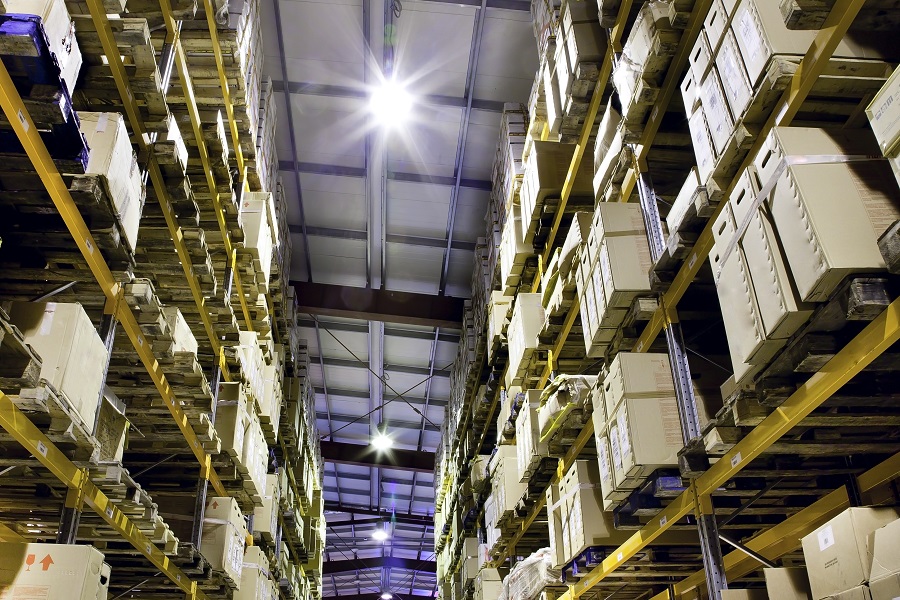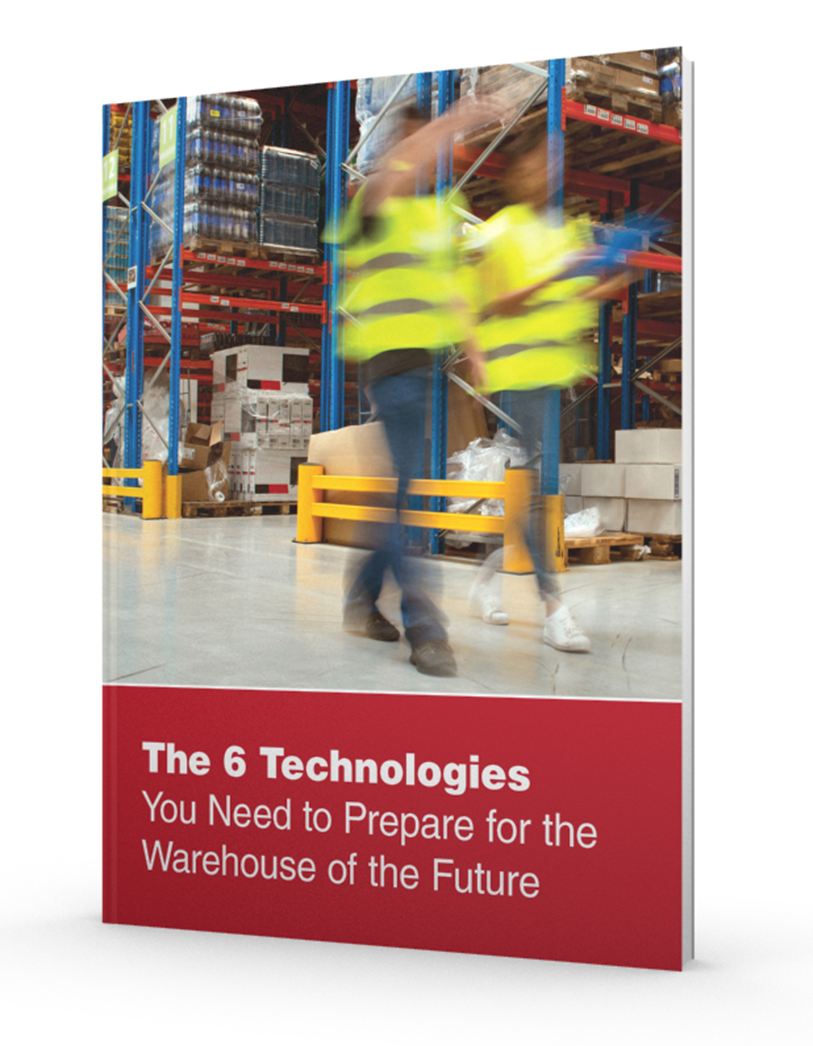Opening a new warehouse or distribution center isn’t just an investment; it’s an opportunity to modernize and improve your operations. To help you make the most of that opportunity, here are three tips below that you should keep in mind when planning for the new facility.
- Identify your storage requirements and the expected activity level at the new warehouse. Low- or high-velocity warehouses require different layouts — the former will need large storage areas versus large forward-picking areas for the latter. The level of activity expected in the facility will influence everything from shelving selection and automation solutions to the number of bay doors.
This requires gathering and analyzing forecast data that is relevant to the products and customers the warehouse will serve, and setting goals for the operation. Will the new warehouse support a new company initiative (a new product launch, or an e-commerce site)? Are you aiming for greater productivity or accuracy than in existing DCs? Make sure the infrastructure you put in place will support those goals.
- Invest in automation. With a new warehouse you’ll have plenty of flexibility to design and structure the warehouse to take advantage of best practices and new technology. That should include leveraging material handling and automation technology as much as possible. Implement a robust wireless LAN infrastructure that can support a variety of mobile computers, carts, printers, and workstations. Investigate the use of conveyors, robotic picking systems, pick-to-light systems, print and apply applicators, voice-based picking, and bar code scanning for both items and locations to speed picking and putaway. This will help you fulfill more orders using fewer employees.
Select rugged handheld and vehicle-mount computers and scanners that provide the range and accuracy you need for the facility, and that are ergonomically comfortable for your employees. Using barcode or RFID tracking will eliminate data entry and handwritten data collection, and minimize inventory handling.
- The floorplan should optimize picking. Even leading edge automation solutions won’t provide efficiency improvements if employees have to waste time walking the length of the new warehouse and searching for inventory. Establish a logical bin number structure and pick path for employees that maximizes efficiency. Put your fastest moving items in the closest locations to the shipping error (and continually monitor item velocity, since it will change over time).
Clearly mark inventory locations using bar coded shelf and aisle labels, floor labels, and large, bright signs. For facilities with highly dynamic inventory, magnetic labels can easily be switched around will save time and labor. Your goal should be to make it easy for even a brand new employee to successfully pick an order in the least amount of time possible.
You should also provide plenty of space for the receiving operation. The more cramped the location, the more mistakes are likely to occur because employees won’t be able to effectively sort goods or stage returns. Receiving should also be physically separated from shipping to streamline inventory flow.
By planning and designing for efficiency, your new warehouse can improve operations across your supply chain. It can also serve as a model for new technologies and processes that can be implemented at older facilities as well.
For more tips on designing a new warehouse, take a look at our e-book, “5 Essential Tools That Every New Warehouse Needs.”






You make an excellent point when you mention how the inventory sections should be clearly marked so that new employees will be able to adapt more easily. My brother is interested in opening a warehouse that distributes printers, and he needs to make sure that his inventory is clearly stacked near the corners of the building. Maybe he should find a striping service that can help him prepare his warehouse layout.